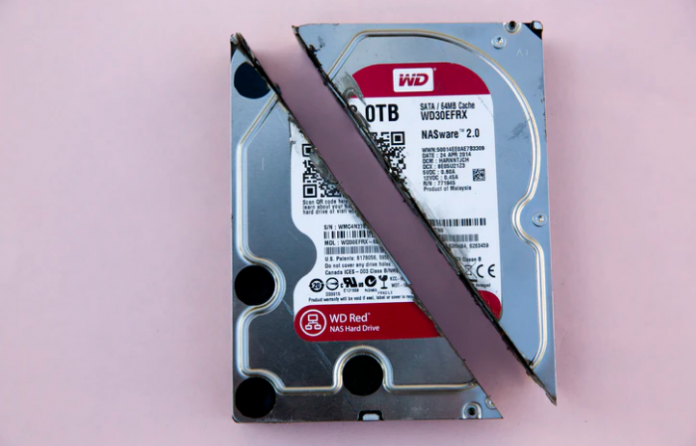Much like an automobile, a computer needs a little bit of maintenance every so often to keep it running smoothly.
One of the most overlooked of these tasks is defragmenting the hard drive. Here are some frequently asked questions regarding defragmentation.
What Is File Fragmentation?
Think of your computer’s hard disk drive as a large warehouse for your data. Every bin in the warehouse represents a file, and the boxes filling the bin represent the bytes of data that make up the file.
In order to ensure fast access to your bins, you want to keep the bins at the front of the warehouse full, so they can be pulled from as quickly as possible.
Let’s say, however, that when you get a new shipment of product, you completely fill up the bin, have more boxes of products to store, and the bins next to it are full as well.
In most warehouses, the extra product is moved to the back of the warehouse and a note left in the original bin as to where the overstock is stored.
Your computer works in much the same way. Space is allocated on the hard drive to keep each file.
To keep your computer running smoothly, files are often stored right next to each other in the first available space.
However, if you go back and add a few pages to that story you were writing, the computer doesn’t see any space on the hard drive to store the new data.
Therefore, it moves the new data into the next available spot on the hard drive and leaves itself a “note” of sorts as to where the rest of your file is. This splitting of the file into separate pieces is known as “file fragmentation“.
Why Do I Need to Defragment My Hard Drive?
As more and more files get more and more fragmented, it takes the computer longer to access these files, whether you’re opening, editing, or even deleting them.
If we revisit our warehouse analogy, when someone purchases the entire stock of a product, the warehouse employees may have to visit 3-4 different bins to fill the order. This same exact thing is happening on your hard drive.
What Does Defragmenting My Hard Drive Do?
The disk defragmentation process takes all the pieces of a file and puts them back together in one single spot on the hard drive.
Additionally, your file is moved toward the front of the drive so that it can be accessed faster.
How Often Do I Need to Defragment My Hard Drive?
This is going to depend on how you use your computer. If you access a lot of large files on a frequent basis, chances are your files will fragment more quickly than someone who only checks his e-mail a few times a week.
Generally speaking, the average home user should defragment his or her hard drive 4-6 times per year (which is every 2-3 months).
How Do I Defragment My Hard Drive?
Your operating system should have a built-in utility for performing this task. Check your manual, help files or favorite search engine for the full procedure.
Although the process can take a long time, depending on the size of your files and how many files are fragmented, starting the process is usually straightforward.
If it’s been a while since you last defragmented your hard drive, you should notice your computer running much faster and more stably than it was before.

